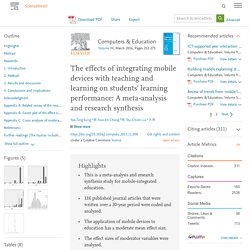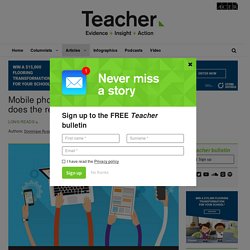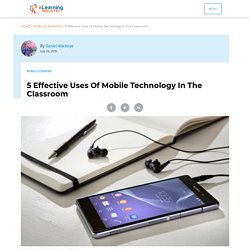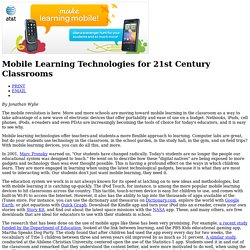

EdPuzzle: Create, Assign and Track Video Homework. EdPuzzle is a platform that helps teachers in creating and assigning interactive videos as homework.

The platform covers all homework-related tasks starting from planning to analyzing the assignment. By using EdPuzzle, teachers can just sit back and (virtually) watch the students learn the subject and become accountable for their homework. What is interactive about EdPuzzle? Teachers can embed questions into any part of the video to check students comprehension while watching! More on the benefits below. How to Use EdPuzzle! EdPuzzle brings both students and teachers on a shared platform. For Teachers The thing I like most about it is that using EdPuzzle is as easy as ABC. First, login to EdPuzzle. Your teacher dashboard shows a selection of popular online video channels. Next, you have to search for the video that you want your students to watch. Tip: It’s better that you do your search off-site to enhance productivity. First is cropping. Lastly, track student progress.
The effects of integrating mobile devices with teaching and learning on students' learning performance: A meta-analysis and research synthesis. 3.2.

Overall effect size for learning achievement The distribution of the effect sizes of the 110 articles is shown in Fig. 4. The forest plot of effect sizes and the 95% confidence interval of the 110 articles are shown in Appendix B. There were two unusually large effect sizes, g = 4.045 (Hsu & Lee, 2011) and g = 3.050 (Wu, Sung, Huang, Yang, & Yang, 2011), which were larger than the average effect size for the entire collection of 110 articles (g = 0.628) more than three standard deviations, and so these were not included in further analyses (Lipsey & Wilson, 2000). Using the procedure of Lipsey and Wilson (2000) with a random-effects model to integrate the effect sizes of the 108 articles, there was an overall moderate mean effect size of 0.523, with a 95% confidence interval of 0.432–0.613. Download : Download full-size image.
Mobile phones in the classroom – what does the research say? In a recent Teacher article, two schools discussed their differing policies on mobile phone use during school hours.

Here, we look at a range of studies that have explored the positives and negatives of allowing mobile phones to be used in class. As Bring Your Own Device (BYOD) programs become more widespread, questions are being raised about the benefits of allowing students to actively use mobile phones as learning devices in school. Over the past decade, several studies have taken a closer look at student and educator perspectives on the issue. One comparative study was undertaken across two schools in England in 2012, and details how students from each school use their devices during class time. One school allows the use of mobile devices and one doesn’t. The study titled “I don’t think I would be where I am right now.” Most respondents in this study say they use their device for Google and calendars during the school day.
Students with concerns References: Moodle. 5 Effective Uses Of Mobile Technology In The Classroom Mobile device ownership is increasing in South Africa.

Research shows that there are about 20 million smartphone users in SA and students account for a large number in this. There have been increasing discussions about the benefits of going mobile in education. Students, as well as education institutions, are beginning to discover the many benefits of using mobile technology in the classroom. Mobile Learning Technologies for 21st Century Classrooms. By Jonathan Wylie The mobile revolution is here.

More and more schools are moving toward mobile learning in the classroom as a way to take advantage of a new wave of electronic devices that offer portability and ease of use on a budget. Netbooks, iPads, cell phones, iPods, e-readers and even PDAs are increasingly becoming the tools of choice for today's educators, and it is easy to see why. Mobile learning technologies offer teachers-and students-a more flexible approach to learning. Computer labs are great, but do your students use technology in the classroom, in the school garden, in the study hall, in the gym, and on field trips? In 2001, Marc Prensky warned us, "Our students have changed radically.
The education system we work in is not always known for its speed at latching on to new ideas and methodologies, but with mobile learning it is catching up-quickly. The research that has been done on the use of mobile apps like these has been very promising. So what about e-readers? Google's Supercomputer Makes A Quantum Leap. Episode 93: Beyond VR & AR: Extended Reality to Transform Our Lives as Consumers. What is M-Learning? Advantages & Disadvantages of Mobile Learning.
What is Augmented Reality and How Does it Work?
Curation - Mobile Learning.